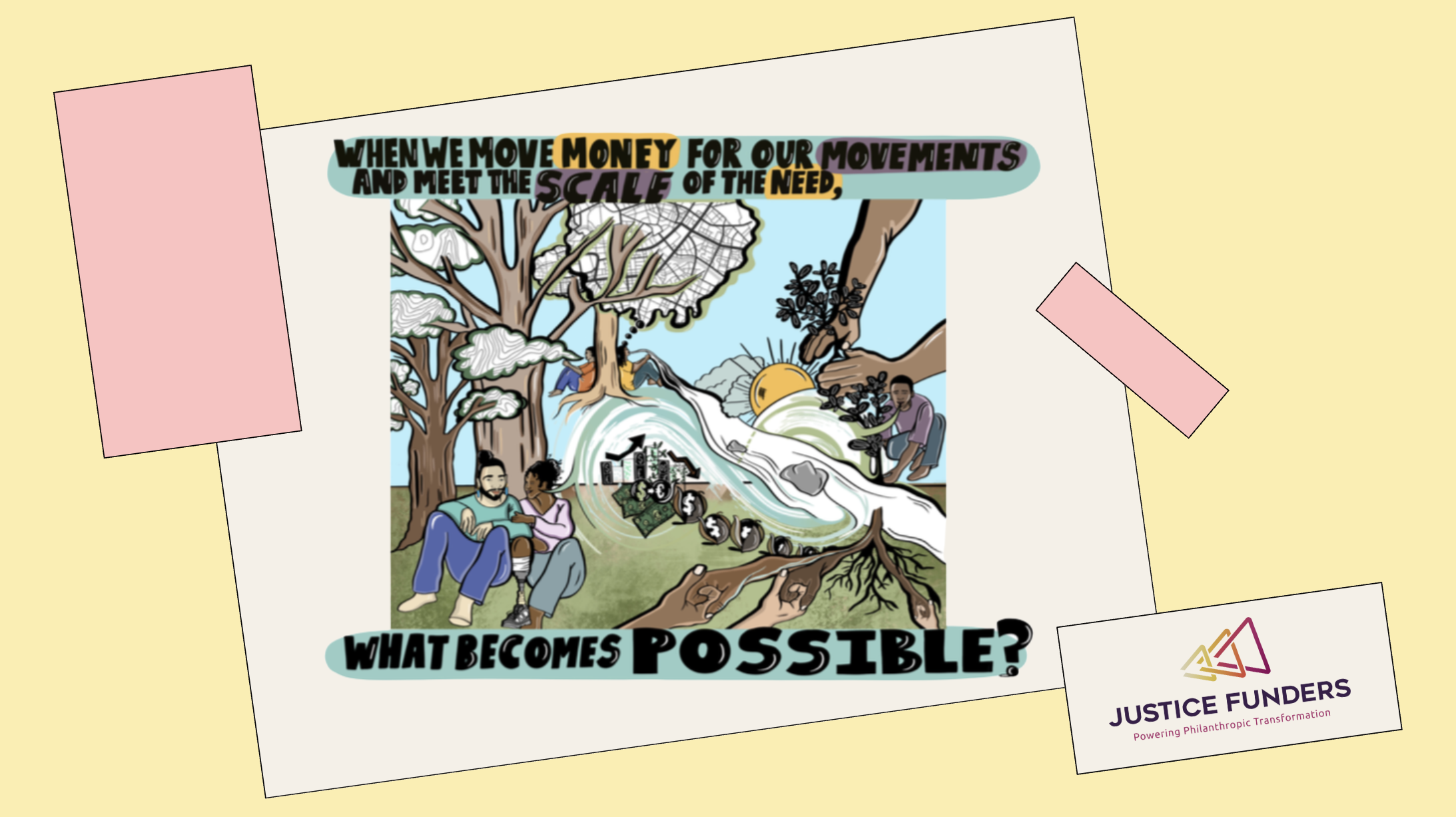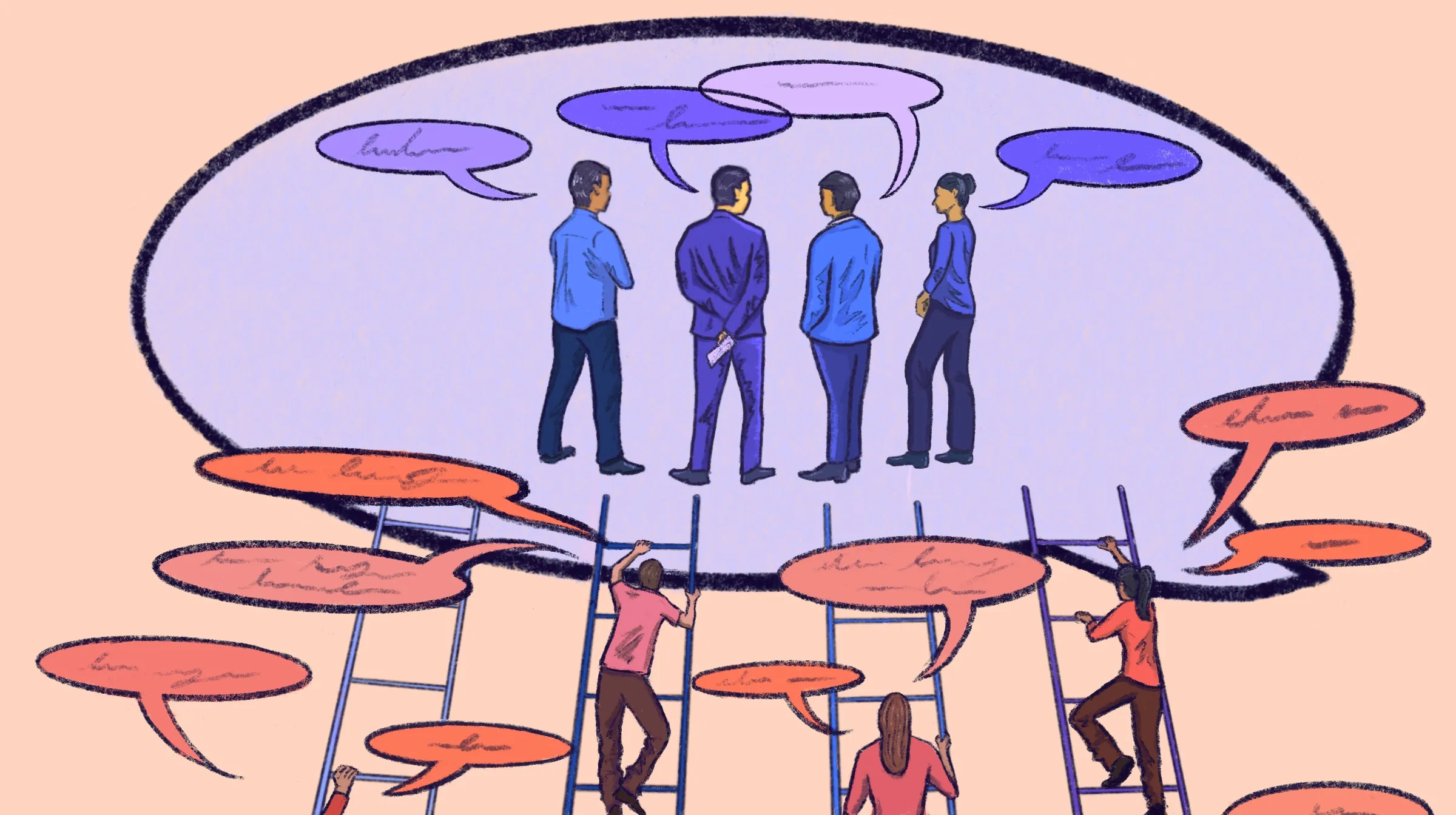Participatory investing is growing up.
Once seen as an experiment on the edges of philanthropy and finance, it has begun to find its way into boardrooms and balance sheets. Foundations are shifting how they invest their endowments. Cities are experimenting with community-led funds. Health systems, banks and real estate developers are beginning to open up to collective decision-making.
In her recent Editor’s Note for the Fall edition of Proximate Investing, Sonia Sarkar pointed to these “important, if imperfect institutions” that are starting to embrace ideas of shifting power. She pointed to several stories that shared examples of institutions that are often on the receiving end of criticism by communities that rightly see these institutions as having harmed their communities in the past.
This speaks to a reality: this work of participatory investing can be emotional, and complex. The basic premise of bringing people with lived experience into the process of making funding decisions sounds good in theory – and it’s often working in practice. But the work is nuanced, and so are the relationships that underpin it. Shared decision-making can reveal as much tension as trust.
That’s why the next phase of participatory investing has to be about more than process. It has to be about practice – about how we relate to one another inside systems that were not designed for equity or care. That’s where compassion comes in.
Compassion asks us to build space for complexity. That means working with people we might not expect to work with, or to trust. We might see the policymaker who has failed us, the banker who profited from inequity, or the developer who treated housing as an asset rather than a home – and believe that those actors are not capable of change. But that closes the door before we’ve even opened it.
What compassion means
The Robert Wood Johnson Foundation has been exploring what it means to build compassion not as an emotion, but as a framework for transformation. As Brooke has been working to define it, compassion-centered work is a nourishing paradigm that transforms individuals, communities, and systems from the inside out. It starts with a radical premise: that everyone – ourselves, our neighbors, even those we view as barriers to progress – is inherently worthy and lovable, and the ability to empathize with their situation.
When we talk about embedding compassion in participatory investing, we’re not talking about softening the work. We’re talking about deepening it. Because participatory investing depends on cooperation between groups that do not always trust each other. Community members, institutional funders, government agencies – each carries its own history, its own wounds, its own fears of loss. Compassion becomes the connective tissue that lets us navigate those differences without breaking apart.
The belief in compassion allows us to stay at the table long enough to help transform the systems they represent. It gives us patience when progress is slow and perspective when conflict feels personal. Real change depends on sustained engagement – the kind that can survive disagreement, fatigue, and even failure.
Making the field more human
Participatory investing is starting to get more and more common. What started as small experiments is moving into foundations, city budgets, and economic development strategies. That growth is progress – but it also risks turning a radical idea into routine process.
That’s why compassion has to be built in now. Embedding compassion early means designing systems that can hold difference without breaking. Because participation without compassion can still reproduce harm.
Compassion keeps institutionalization from becoming bureaucracy; it keeps power-shifting work human. It invites us to see that even within imperfect institutions, there are people trying – sometimes quietly, sometimes clumsily – to do better.
If participatory investing is to last, it will not be because it was more efficient or more technical. It will be because it felt more human. Because it built not just better systems, but better relationships. Compassion is what will make that possible.






%20(1280%20x%20720%20px)%20(46).png)


.webp)
%20(1280%20x%20720%20px)%20(3).webp)


%20(1280%20x%20720%20px)%20(39).png)
%20(1280%20x%20720%20px).webp)

%20(1280%20x%20720%20px)%20(2).webp)



%20(1280%20x%20720%20px)%20(40).png)


.webp)
.webp)

